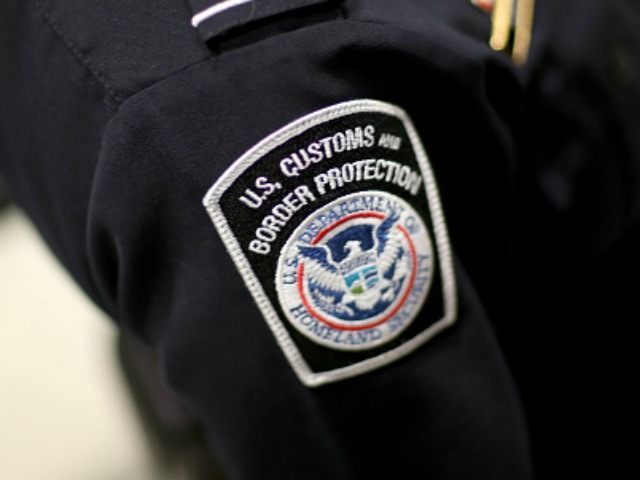
America has two land borders, a shorter one with Mexico and a longer one with Canada.
Covid-19 sends us lots of new patients from Mexico, as my colleague Todd Bensman has reported.
It sends us few from Canada.
New travel restrictions were ordered late last March to cope with the situation.
So why do newly released March 2021 data show (in comparison with March 2020 numbers) that legal border crossings have been shaved by 2.6 percent on the southern border, and by a thumping 83.1 percent on the northern border?
Is it because both the Trump and Biden administrations regard cross-border shopping, at the southern border, as being in the “national interest”?
That’s part of it. The other part is that Canada, sensibly, I believe, insists on tough quarantine rules, while Mexico (more or less like Brazil) pays little attention to the virus. Hence, people entering Canada from the U.S. cannot move back and forth quickly, but bouncing back and forth over the southern border continues to be part of life.
The table below charts entries at the five busiest ports of entry at both the northern and southern borders in March 2020 and in March of this year. In each case, we are dealing with legal entrances of both U.S. citizens and aliens; all of these flows are into the U.S., counting individual entries, not the number of people involved. So a person living in Mexico and shopping once every three days in the U.S. would show up 10 times in a month.
Arrivals at the Five Busiest Land Ports of
|
|||
| Port of Entry | March 2020 |
March 2021 |
Pct. Reduction |
| San Ysidro, Calif. | 2,168 | 2,342 | |
| El Paso, Texas | 1,149 | 931 | |
| Laredo, Texas | 865 | 651 | |
| Otay Mesa, Calif. | 763 | 934 | |
| Hidalgo, Texas | 752 | 558 | |
| Total for Five Southern Ports | 5,697 | 5,417 | -2.60% |
| Buffalo-Niagara Falls, N.Y. | 301 | 31 | |
| Detroit, Mich. | 284 | 94 | |
| Blaine, Wash. | 204 | 21 | |
| Port Huron, Mich. | 93 | 7 | |
| Champlain-Point Rouses, N.Y. | 77 | 9 | |
| Total for Five Northern Ports | 959 | 162 | -83.10% |
|
Source: Data provided by the U.S. Department of Homeland Security, |
|||
Thus, at this time last year the ratio of entries at the southern and northern borders was about six to one; now there are 33 times as many entries in the south as in the north.
As we noted earlier this week, the tough rules at the northern border mean that in at least 15 ports of entry, U.S. inspectors saw average daily arrivals that were always below two a day, during each month in the three-month period. And, in fact, the port at Ambrose, in a lightly populated part of North Dakota, had no business at all for the entire month of February, despite being staffed eight hours a day, seven days a week.
On April 26, Customs and Border Protection issued a press release saying that their little-used port of entry at Monticello, Maine, which had been seeing about one quarter of a car a day for the last year, would be closed until October 1 of this year because of inactivity. This port’s traffic is not reported by DOT under the name Monticello, but is included with an adjacent port and so is not in our table as a result.
The closure is to be commended.
